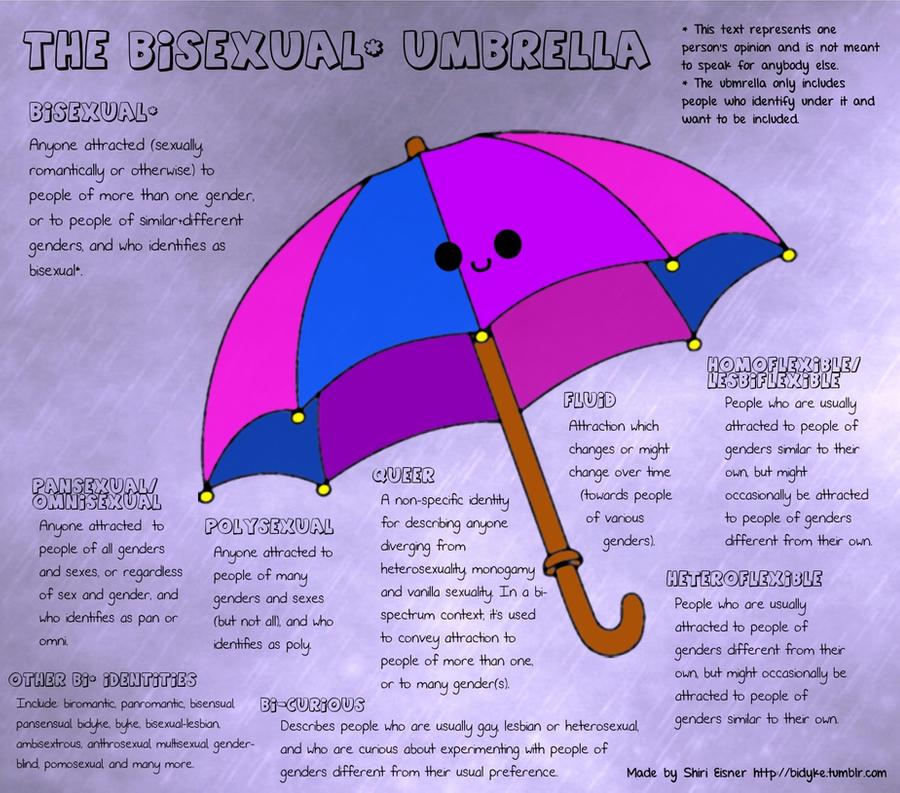Sexual Orientation and LGBTQ+
Sexual Orientation
Sexual orientation relates to your emotional, romantical, and sexual attraction towards another person. Sexual orientation is not the same as gender identity. Here are some sexual orientations you might identify with:
- Heterosexual. When you are attracted to a person of the opposite gender. People who are heterosexual are also known as being “straight”.
- Examples:
- Heterosexual men are attracted to females
- Heterosexual women are attracted to males
- Examples:
- Homosexual. When you are attracted to a person of the same gender.
- Gay. Usually refers to a homosexual man, but it can also mean identifying as homosexual in general.
- Lesbian. Usually refers to a homosexual woman.
- Asexual. You might have little to no physical or sexual attraction towards others but may still be emotionally and romantically interested in someone. This is an umbrella term, where there are other sexual orientations that can fall under this. To learn more about asexuality, visit this page from The Trevor Project.
- Bisexual. When you are attracted to both men and women, but it can also refer to attraction to two or more genders, not necessarily the binary terms of male and female. It is also an umbrella term that includes many other orientations. The picture below shows some of the different orientations that can fall under this umbrella.
- Pansexual. When you are attracted to all genders, regardless of gender identity.
- Polysexual. This is different from pansexual because you can be attracted to people of many genders, but not necessarily all.
- Queer. An umbrella term for people of gender and sexual minorities who are not cisgender and/or heterosexual. This term has been and continues to be used as an insult and slur but is being reclaimed by people, so it is important to not call someone “queer” without their direct permission.
- Questioning. This refers to when you aren’t completely sure of your sexual orientation or gender identity, which is completely okay and normal! You don’t have to be completely sure about your gender or sexuality, and you don’t owe it to anyone to “decide” on what you identify as.
These are just some of the many sexual orientations that exist. This is by no means a comprehensive list of sexual orientations. Everyone is different, and sexualities can change for yourself over your lifetime. In addition to this page, check out the Sex and Gender and Gender Pronouns pages for information about and ways you can respect others’ identities.

LGBTQ+

LGBTQ+ stands for Lesbian, Gay, Bisexual, Transgender, and Queer/Questioning. The + sign refers to additional gender identities and sexual orientations across the spectrum. The LGBTQ+ community often experiences stigma, violence, and other acts of hatred and abuse.
Efforts have been and continue to be made for the LGBTQ+ community. For example, Hawai‘i passed a law that went into effect on July 1, 2020 that allows you to choose a non-binary gender option on your driver’s licenses, commercial driver’s licenses, and state IDs. You can choose the “X” or “Not Specified” option when applying for, renewing, or getting a duplicate of these ID cards. To learn more about this law, visit this page from the Hawai‘i Department of Transportation.
For more information about the LGBTQ+ community and how you can be an ally, visit this page from The Trevor Project.
Content reviewed by Mx. Patricio Battani, MPH (Director of Health Equity, Waikīkī Health)
Last Updated: September 4, 2020 by Phyllis Raquinio
Sources
Bisexual Umbrella Photo: Drynwhyl. (n.d.). The bisexual umbrella. Retrieved July 16, 2020, from https://www.deviantart.com/drynwhyl/art/The-bisexual-umbrella-269963982